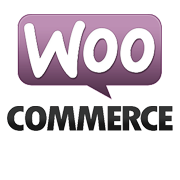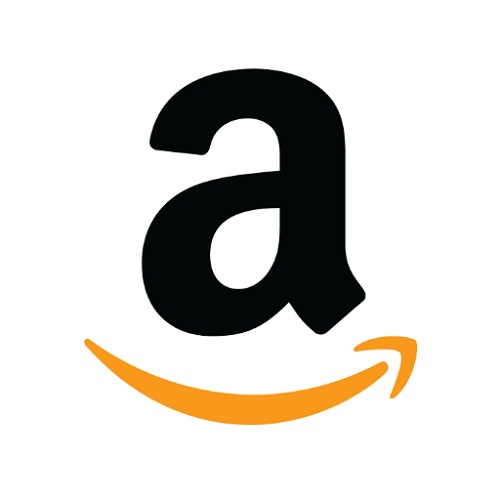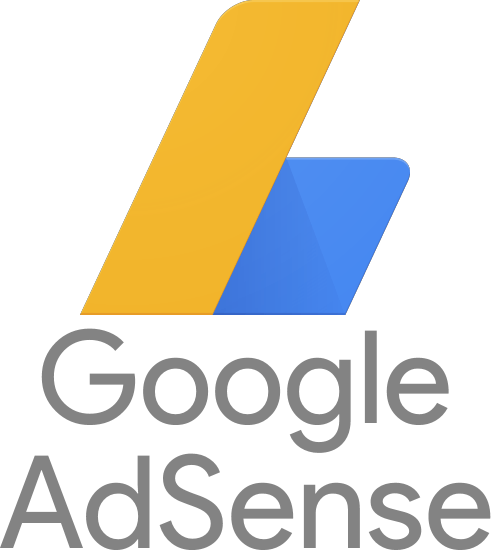Xero Shoes: Growing A Shoe Brand to $460K/month
Hello! Who are you and what are you working on?
Hi, I’m Steven Sashen and I’m the co-founder (with my wife, Lena Phoenix) and CEO of Xero Shoes.
Xero Shoes are addictively comfortable, lightweight, minimalist, casual and performance shoes and sandals that people in 97 countries wear for everything from a walk on the beach to a mountain hike to running a 256k ultra marathon across Madagascar.
Everything we do is based on what’s natural.
Your feet are made to bend, flex, move and FEEL the world. One-quarter of the bones and joints in your ENTIRE body are in your feet and ankles; you have more nerve endings in your soles than anywhere but your fingertips and lips.
Comfort and performance come from using your feet naturally.
That's what Xero Shoes let you do.
- Natural Fit -- wide toe boxes let your toes spread and relax. A non-elevated (zero-drop) heel for proper posture.
- Natural Motion -- super flexible to let your feet bend and move naturally. Low-to-the-ground for balance and agility.
- Natural Feel -- the patented FeelTrue® soles give you just-right protection while still giving the ground feedback your brain needs for efficient, natural movement.
Plus the soles are backed with a 5,000 mile warranty.
We’re one of 2018’s 50 Colorado Companies To Watch, repeatedly in the INC. 5000, the 2nd fastest growing company in the Biz West Magazine Mercury 100, and we’ve grown at 80-102%/year since 2014 with 2017 sales of $5.53M.
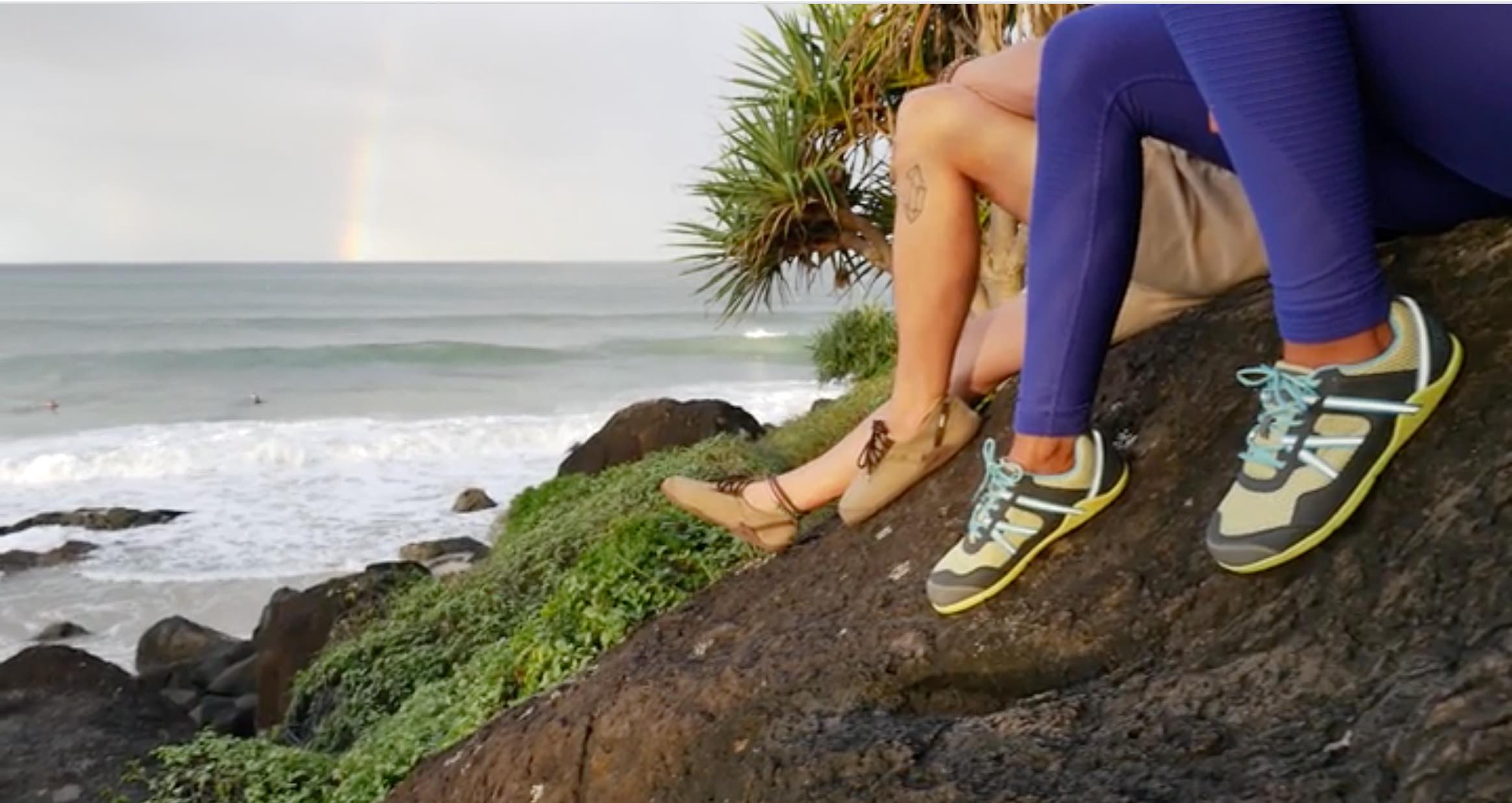
What's your backstory and how did you come up with the idea?
Lena and I were retired from 2000-2009 thanks to some clever real estate investing and passive income from some Internet businesses I had built. But with the crash in 2008, things were changing.
Coincidentally, in 2007, at the age of 45, I got back into competitive sprinting, and was getting injured all the time. A friend who is a world champion cross country runner suggested I try running barefoot to see if that helped with my injuries.
If you’re a true entrepreneur, there’s no way I can convince you not to start your own business (no matter how bad your idea may be)
In my first barefoot run, I discovered the form problem that was causing me trouble. And after just a few more runs, my form naturally changed, my injuries went away, and I became faster. Now, I’m a Masters All-American sprinter, which means I’m one of the fastest guys over 55 (now) in the country.
After that original "natural movement" experience, I wanted to have the same feeling all the time. So, based on some 10,000 year old designs, and the huarache sandals that the Tarahumaras in Mexico make with used tires and leather straps, I designed my own “barefoot sandals.”
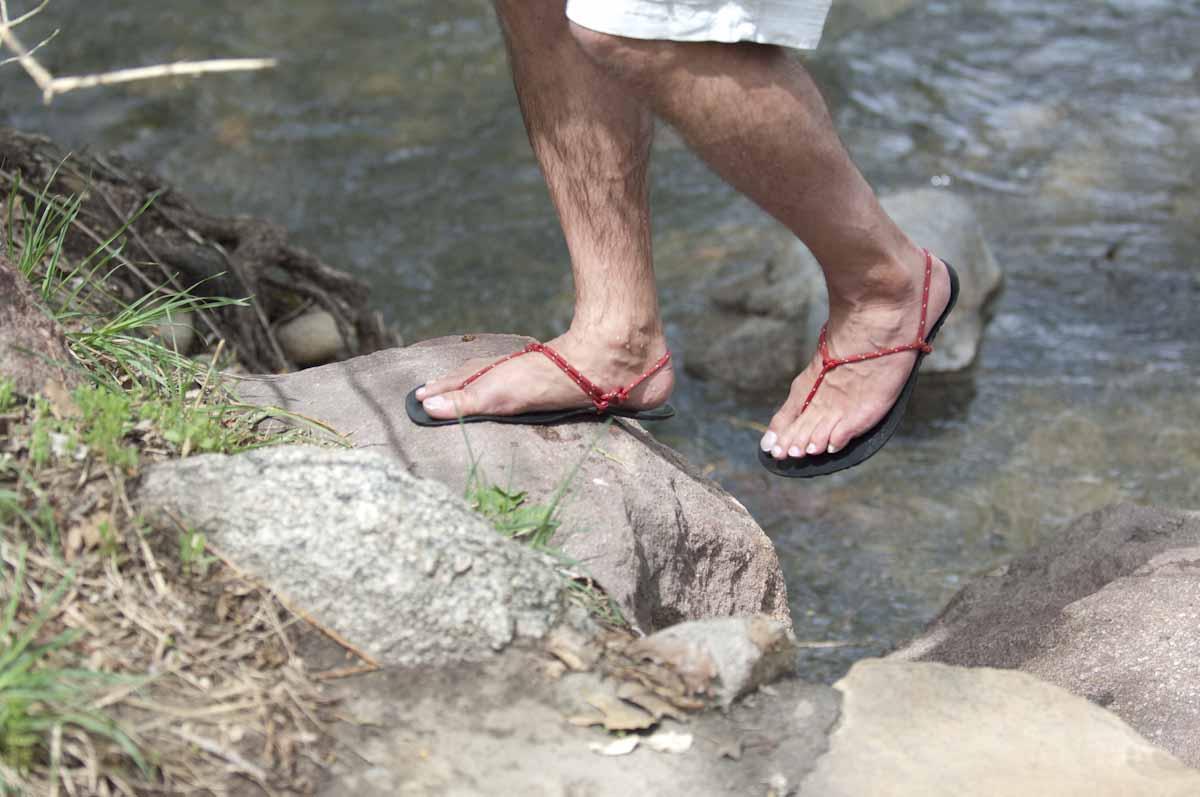
Some local runners asked me to make some for them… and then more and more people asked, until, one day, a running coach said to me, "If you treated this sandal-making hobby like a business and had a website, I’d put you in a book that I’m writing"
I’ve been an Internet marketer since 1992 and had probably built over 500 websites, so I rushed home and pitched the idea to Lena who TOTALLY shot it down. "It’s a horrible idea and won’t make any money and is a waste of your time," she said.
I agreed with her.
And then after she went to bed, I built a website ;-)
Within a couple months, I dominated the search engines for the keywords I cared about and the business was almost instantly our full time job.
Describe the process of designing the product and launching the online store.
At first, we were selling DIY sandal making kits. We took big sheets of rubber and cut them into smaller sheets, and took long lengths of polypropylene cord from Home Depot and cut them into shorter lengths, and bundled that together with instructions on how to make your own sandals.
We spent a couple days every week running around to every Home Depot in northern Colorado to find the cord we used for laces, and we bought every sheet of our Vibram Cherry rubber that we could find in the U.S. At one point, we owned every sheet of that material that Vibram had in the world!
One thing that I spent years NOT doing, that I now kick myself about, is adding an "exit intent pop-up" to our site, which lets people enter a sweepstakes to win a Xero Shoes gift certificate.
Building the original site was simple. I modified a Wordpress theme and had it up and running in a few days.
To launch the site, I made videos showing how to make your own sandals -- whether you used our DIY kits or not -- and published those on multiple video sites. You can find them on our original Youtube channel (when we were called Invisible Shoes).
Then I found where people were talking about barefoot running and natural movement -- Google groups, forums, etc. -- and joined in on the conversation.
I didn’t try to sell anything, really, I just shared my experience about barefoot running, answered questions if I thought I could be helpful, and then had links to my videos and my site in my signature file. This took, maybe, an hour a day. It was not only fun, but I learned a LOT about what my future customers wanted.
I also created content for search engine purposes and used the SEO knowledge I had to promote that content and get highly ranked in the search engines.
For example, I made a list of the most relevant keywords related to what people were talking about in the forums I previously mentioned. So: "barefoot running," “Born to Run,” “Tarahumara huaraches,” “running sandals,” etc.
I used the Google keyword suggestion tool to find related keywords, and then I just wrote articles based on my experience, articles about how to make sandals, and Q&A posts based questions I was getting via email and the answer I was sending back.
It turned out that "How to" info was the best. How to make sandals. How to run barefoot. How to deal with running injuries. How to transition out of running shoes.
We launched in late November 2009 and made our first sale -- remember, sandals -- to someone in northern Minnesota within a day of the site going live.
Within a few weeks, we were shipping 10-20 orders a day and it was clear that this was our new full-time job.
A few months into our business, we met some guys who had been in the footwear business for about 35 years, who loved what we were doing, helped us design a more finished version of our DIY kits, and introduced us to manufacturers in Asia.
Later we met another sourcing agent who had been making footwear in Asia for about 20 years and have been working with them ever since.
We also had the incredible luck of meeting Dennis Driscoll, who had been designing footwear since the 80’s, with some of his designs selling millions of pairs of shoes. Dennis loved what we were doing and joined our company in 2013 and developed a ready-to-wear version of our DIY sandals, then 3 more sandal styles, then 2 closed-toe shoes and then everything (more shoes and sandals) that have become our current and future product line.
At first we financed the business off of net sales and a few of my credit cards. The growth of the company, though, was faster than those sources could handle and, again with great luck, we’ve since partnered with a local venture debt fund, acquired and SBA loan (proving that Hell has frozen over), and raised over $1M in an equity crowdfunding round that closed in August 2017.
Since launch, what has worked to attract and retain customers?
Again, I’ve been in the Internet marketing world since, well, before there was an Internet.
So, we’re doing everything you can imagine: Facebook ads, Adwords, Google Shopping, Affiliate marketing, Social Media, email marketing, content marketing, SEO, joint ventures, Youtube ads, etc.
I’m VERY focused on ROI. I know my numbers intimately -- my average order value, my conversion rate on different types of devices, my cost of goods, my overhead, my lifetime customer value (which goes up every few months as the business grows and as we release new products). I use that data to determine whether any given marketing method has the potential to make me a profit and then, if I start using that method, to track whether it is, in fact, working.
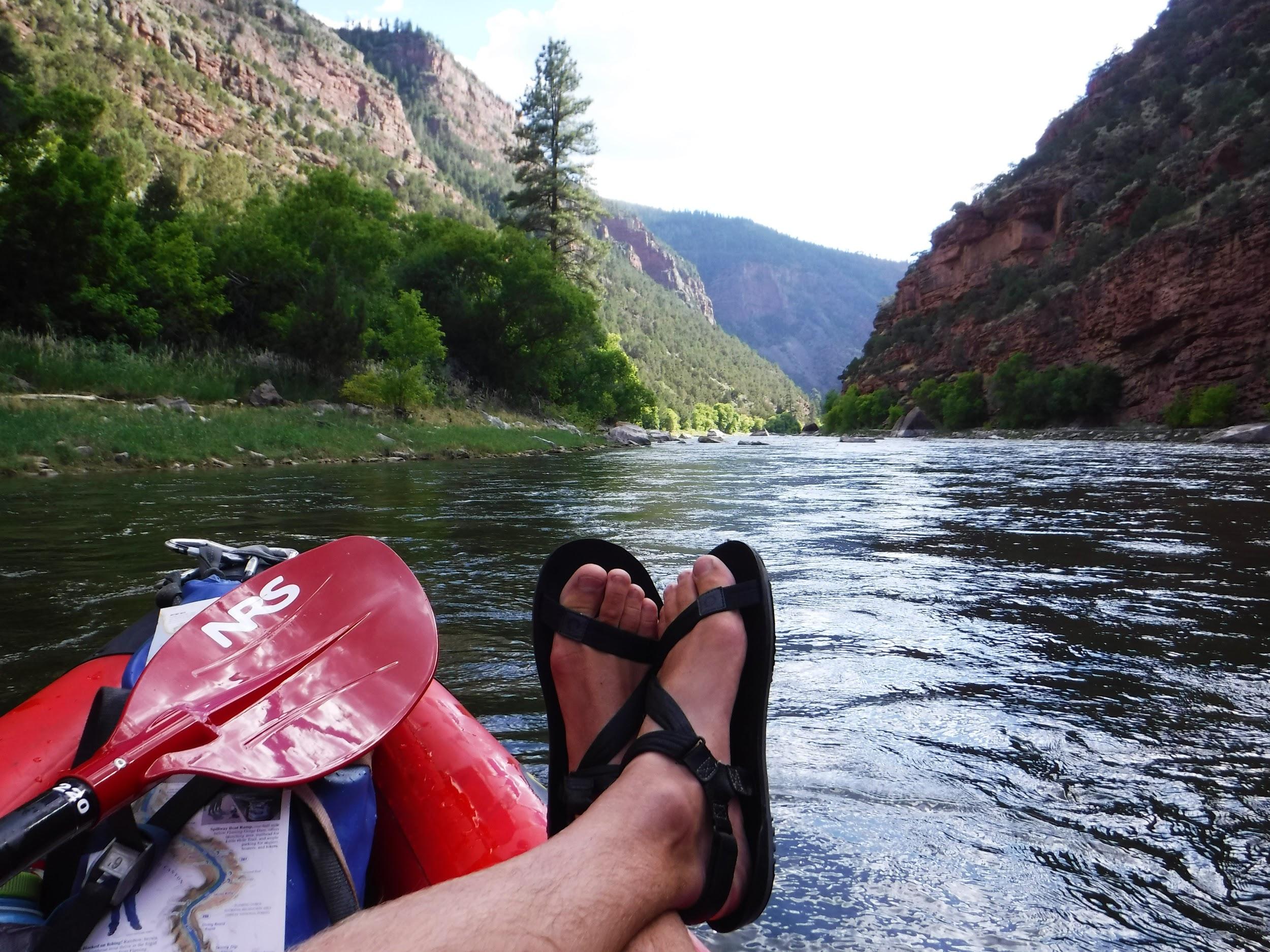
Our biggest focus, though, is simply identifying the types of people who might be interested in our product, finding out where they are already engaged, and joining in on the "conversation." This could mean, literally, commenting on posts (e.g. on Facebook or Reddit) or, figuratively, creating content that they’ll bump into on, say, Youtube.
So the identifying process starts with just pondering, "Who else would be interested in natural movement?" And the answers were obvious: Barefoot runners, yoga and martial arts practitioners, people into health food or alternative medicine, etc.
Then it includes hearing from our customers who tell us what they’re into, or who they are. We never thought that our products would be great for blind people, but they are since they let you feel the ground. One blind customer said that wearing Xero Shoes is like having another sense.
As the business grew, we could actually use analytical data from Google, Facebook, Quantcast, and other sources to see who was actually purchasing our products and what interests they had.
Once I had a list of interests, I’d simply search for those interests. I’d look for Facebook groups, Reddit threads, blogs, forums, you name it. And, again, my focus would be on providing valuable info -- pointing to videos or blog posts I’ve made -- rather than "selling."
In the early days, this was another hour or so per day. Now I have 2 people who do this work; it’s about a ½ day’s worth each day.
One thing that I spent years NOT doing, that I now kick myself about, is adding an "exit intent pop-up" to our site, which lets people enter a sweepstakes to win a Xero Shoes gift certificate. That one idea has added over 100,000 subscribers to our email list, which is one of our most effective marketing channels.
I spent a few years trying to get approved to sell on Amazon, but the footwear category is highly monitored and was actually closed to new business for a while. In late 2013 though, I got a call from Amazon. "You’re showing up in our search autocomplete so I think it’s time for you to be on our platform."
While Amazon may cannibalize some sales from our website, and while it’s time-consuming and frustrating to deal with, it’s also an extremely powerful channel. The marketing opportunities on Amazon are quite effective. We think of it as a wholesale channel with slightly-better than wholesale margins, but with more management cost.
In fact, we now have two members of our team who are managing Amazon, almost full-time.
How are you doing today and what does the future look like?
After our equity crowdfunding raise, we have to report to the SEC twice a year, so our financial information is public on the SEC website.
Over 70% of our sales are direct to consumer, through our site and Amazon. The other 30% is through retailers and a few international distributors.
In 2014, sales were approximately $772k, in 2015 they were about $1.44M, 2016 was $2.74M and 2017 was $5.53M. We’re projecting over $8.5M for 2018 and $15M for 2019.
We’ve have positive EBITDA margins for the last few years.
Oh, we were on Shark Tank! That was back in 2013 when we were just a DIY sandal kit company. In the week following the show, we did almost 3 months’ worth of business. Now we do that same amount of sales in 4-5 days.
We have a staff of almost 30, manage our own 14,000 square foot warehouse, and continue to expand our product line.
Our ultimate goal is simple: in the same way that people think Natural Food is the obvious, healthy, better choice, we want people to see Natural Movement the same way… and we will be the preeminent brand in that category.
Through starting the business, have you learned anything particularly helpful or advantageous?
Lena and I have learned a LOT since we got into the footwear business.
In fact, we had advisors in the early days of our business who said, "We love what you’re doing and would love help you run this company. But we’ve been in footwear so long that we’re not stupid enough to start a shoe company."

Lena and I replied, "We know we’re naive and hyper-optimistic, but that’s the only way anything gets done, so…"
Now, 8.5 years later, we understand their point.
Manufacturing anything is hard. Manufacturing footwear is especially hard.
Running a business is hard. Running a business when the retail landscape is shifting under your feet, when online marketing channels appear and disappear overnight, where growth is faster than your access to capital, is especially hard.
We go to work every day thinking, "What do I need to learn today to make this business work?"
Lena and I are exceptionally lucky. We’re a great team with complementary skill sets -- she’s the financial and operations brains, and I’m the marketing and product guy. And then, as I’ve said, we’ve been incredibly lucky, from meeting the right people to appearing on Shark Tank. Plus we work HARD.
What platform/tools do you use for your business?
We’re a WooCommerce shop (BTW, all shopping carts suck differently, so don’t think that one or another will make your life effortless).
We use Klaviyo for email and Stamped.io for reviews and user-generated content.
We’re still testing a good warehouse management software, and I’ve been looking for a robust e-commerce savvy CRM since 1992.
Accounting is on Quickbooks (desktop, not online).
We’re continually evaluating software to help grow and manage the business.
What have been the most influential books, podcasts, or other resources?
Frankly, I hate almost all "business success" books. 99.9% of the time, they’re giving you advice that is unreproducible, or they’re using “hindsight bias” to come up with a story about what leads to success.
Why do I care what Richard Branson did to be successful? I’m not Richard Branson and, as far as we can tell, nobody else, other than Richard Branson, is either. Who cares what Apple did 25 years ago to help get them out of almost crashing-and-burning? Those days are gone and the world has changed
Remember when Enron was touted as one of the greatest companies in the world? Or WorldCom, or thousands of others?
The leaders that people write about never say that their success came from reading books about how to lead. And their stories are typically about how they did something totally different from what everyone else said they should do.
Anyway, all that said...
My two favorite books are:
Fooled By Randomness, which talks about, among other things, how not realizing the role of luck in your success will make you more likely to fail in the future (because you think that YOU were the cause of that historical result). Understanding this can make you immune to solicitations from people who tell you what they’ve done in the past for other companies based on "average results" (which typically have no relationship to what you do). In fact, this book is responsible for my disdain of “business success” books.
Stumbling on Happiness -- this book (and the great TED talk by Daniel Gilbert, the author) describes how human beings are constantly trying to predict what will make us happy in the future, how HORRIBLE we are at getting this answer correct, how we’re WORSE at remembering how bad we are at it (so we keep trying to do it), and how we think we’re special -- how even if we found a million people who got what we think we need to be happy, and discovered that they’re not happier having gotten it, we’d think, "Yeah, but if I got that, it would be different." This book was part of my losing any concern with my “purpose” or caring about imagined futures. Oh, I still am working hard to achieve certain goals, but not with the idea that “success” equals achieving them.
Advice for other entrepreneurs who want to get started or are just starting out?
Get a government job with a pension.
Seriously.
Having benefits and paid vacation and retirement income is a LOT easier than having the "entrepreneurial retirement fund."
Now, I say this knowing two things:
If you’re a true entrepreneur, there’s no way I can convince you not to start your own business (no matter how bad your idea may be)
If my saying that makes you think, "Hmm… maybe that’s a better idea," and I can talk you out of starting your own thing, you’re probably not the right kind of crazy to be doing your own thing.
Are you looking to hire for certain positions right now?
We’re always looking for smart marketers, website managers, customer service staff, and anyone who believes in our mission and who wants to help change the world.
Where can we go to learn more?
Not surprisingly, we’re at:

Download the report and join our email newsletter packed with business ideas and money-making opportunities, backed by real-life case studies.

Download the report and join our email newsletter packed with business ideas and money-making opportunities, backed by real-life case studies.

Download the report and join our email newsletter packed with business ideas and money-making opportunities, backed by real-life case studies.

Download the report and join our email newsletter packed with business ideas and money-making opportunities, backed by real-life case studies.

Download the report and join our email newsletter packed with business ideas and money-making opportunities, backed by real-life case studies.

Download the report and join our email newsletter packed with business ideas and money-making opportunities, backed by real-life case studies.

Download the report and join our email newsletter packed with business ideas and money-making opportunities, backed by real-life case studies.

Download the report and join our email newsletter packed with business ideas and money-making opportunities, backed by real-life case studies.
